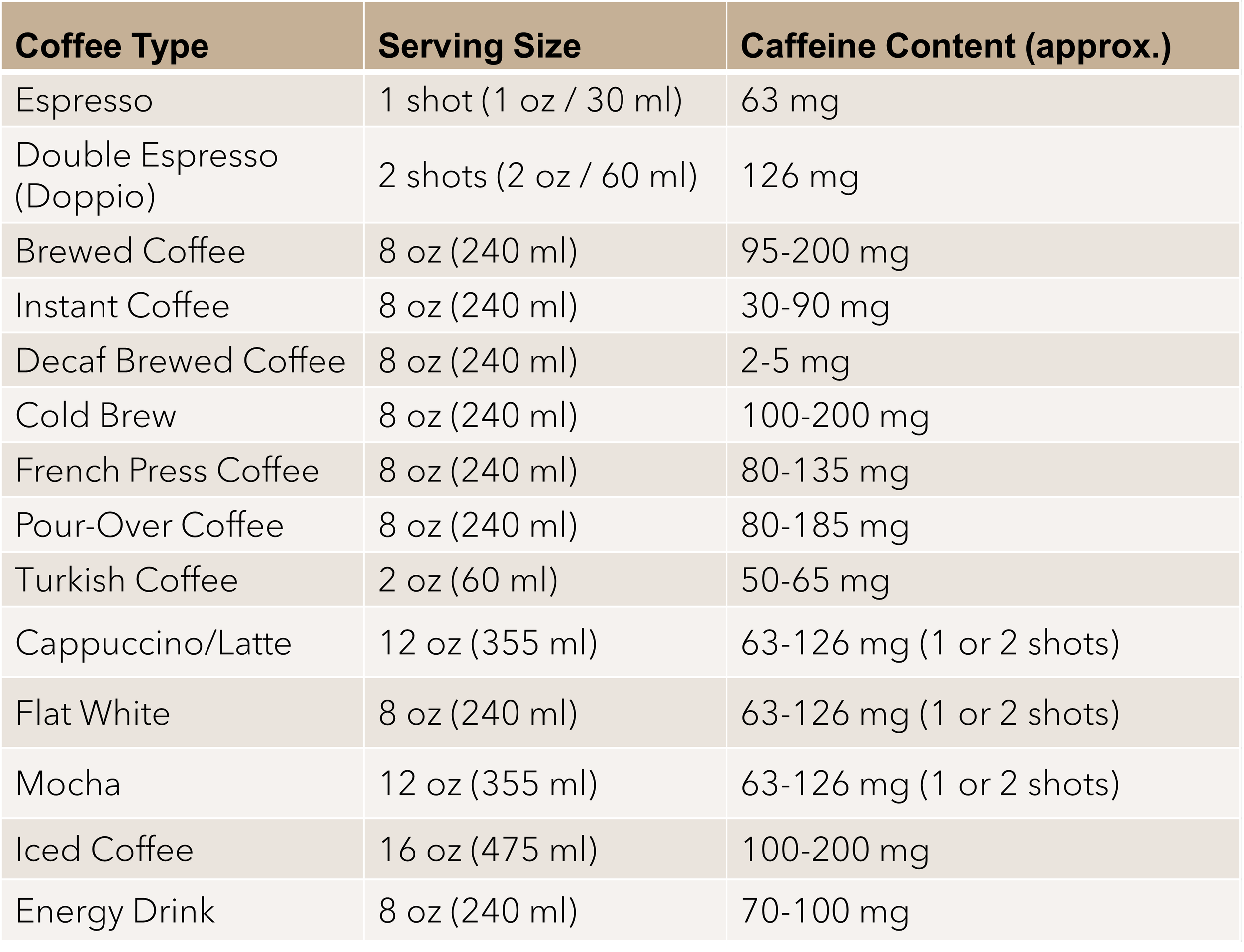Imagine the rich, velvety texture of a perfectly brewed espresso – its robust aroma filling the air, promising a moment of pure indulgence. That first sip is more than just a wake-up call; it’s a symphony of flavors that dances on the palate. But what’s the secret behind this tiny, yet mighty cup of wonder?
The answer lies in the heart and soul of the espresso: the beans (to begin with)
Espresso beans are not just any ordinary coffee beans; they are the chosen ones, carefully roasted to perfection, ready to unleash an intense flavor and aroma under the precise pressure of an espresso machine.
In this guide, we’ll embark on a flavorful journey to discover the essence of these magical beans, how to select the best for your taste, and the pivotal role they play in turning a simple coffee break into an extraordinary sensory experience. So, let’s dive into the world of espresso beans and transform your coffee ritual into an art form.
What Are Espresso Beans?
Espresso beans are coffee beans that have been roasted and blended to create a flavor profile that is bold, rich, and perfect for the espresso brewing method. While any coffee bean can technically be used to make espresso, beans labeled as “espresso” have been specially curated to ensure that when they are finely ground and subjected to the high pressure of an espresso machine, they produce the quintessential espresso shot with a perfect crema.
Difference between espresso beans and ‘coffee’ beans
The terms “espresso beans” and “coffee beans” often lead to confusion, but the distinction is more about their intended use rather than a difference in the beans themselves. Here’s a breakdown of the differences

From Roasting to Grinding to Brewing
The roasting process is where espresso beans develop their flavor. Espresso beans are typically roasted longer than beans meant for other brewing methods, resulting in a dark roast. This dark roast not only gives espresso its distinctive strong flavor but also reduces the acidity and increases the bean’s natural oils, contributing to the crema’s richness.
When selecting espresso beans, consider the following:
- Origin: Single-origin beans come from a specific place and can offer unique flavor notes, while blends can balance flavors and acidity.
- Freshness: Freshly roasted beans are vital for a flavorful espresso. Look for beans roasted within the past two weeks.
- Flavor Profile: Choose a flavor profile that suits your palate. Whether you prefer chocolatey, nutty, fruity, or spicy, there’s an espresso bean out there for you.
The grind size for espresso is also crucial. It should be fine, almost like powdered sugar, to ensure the water can extract the coffee flavors efficiently during the quick espresso brewing process. A consistent grind size achieved by a quality grinder is key to a balanced and delicious espresso shot.
Brewing espresso is an art form.
The ideal shot of espresso should be 1 ounce, brewed for about 25-30 seconds, with a temperature of about 200°F. The pressure should be around 9 bars. These parameters can be adjusted based on the specific bean and personal preference.
How much caffeine is in an espresso shot?
A single shot of espresso typically contains about 63 milligrams of caffeine. However, this amount can vary depending on several factors, including the type of coffee bean used, the roast level, and the precise amount of coffee grounds used to pull the shot. Generally, the range can be anywhere from 30 to 50 milligrams for a single shot (about 1 ounce or 30 milliliters) and approximately 60 to 100 milligrams for a double shot (about 2 ounces or 60 milliliters).
It’s worth noting that while espresso has more caffeine per ounce than regular coffee, a standard serving size is much smaller. Therefore, a typical 8-ounce (240-milliliter) cup of coffee usually contains more total caffeine, ranging from 80 to 200 milligrams, depending on the preparation and coffee bean.
Caffeine in various coffees

Starbucks Shaken Espresso (my favorite)

As a self-proclaimed coffee aficionado, I’ve always been drawn to the allure of a perfectly brewed espresso—the rich aroma, the intense flavor, and that velvety layer of crema on top. But when the summer heat rolls in, I do find myself craving something cooler, yet unwilling to compromise on that robust espresso taste I love.
That’s where my latest obsession comes in: the Starbucks Shaken Espresso.
Imagine the traditional, bold espresso we all know, but with a refreshing twist. It’s a simple yet ingenious idea. Starbucks takes its signature espresso shots and shakes them up with ice and a hint of sweetness (however I have gone sugar-free now!) The result? A frothy, chilled coffee concoction that’s both invigorating and indulgent.
I remember the first time I tried it—I opted for the classic version.
The barista took a couple of shots of dark, concentrated espresso and poured them over ice, adding just a dash of syrup for that sweet undertone.
Then came the shake, vigorous and thorough, transforming the mixture into a frothy delight. Poured into a clear cup, topped with a splash of milk, it was a sight to behold and even more of a pleasure to sip.
Other variations:

- Iced Shaken Espresso: The standard version includes espresso, ice, and a touch of milk, along with the chosen sweetener.
- Iced Brown Sugar Oatmilk Shaken Espresso: This is a dairy-free option that features oat milk, brown sugar syrup, and cinnamon. It’s a part of Starbucks’ efforts to offer more plant-based and non-dairy alternatives.
- Iced Chocolate Almondmilk Shaken Espresso: Another dairy-free option that includes almond milk and chocolate malt powder, giving it a unique flavor profile.
To wrap up, brewing a perfect cup of espresso is an art form and requires one to follow a series of guidelines starting from selecting the right beans, grinding, roasting, and brewing it to a specific set of tastes and requirements. Or, there is always a shaken espresso at Starbucks right around the corner.

